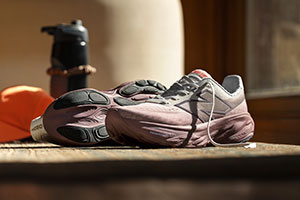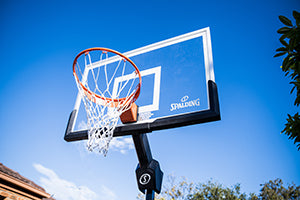Cricket is a very intense game. Every player, no matter their skill level, experiences the pressure of a match. Let’s not forget that the equipment they use is also affected.
For example, it’s common for cricket bats to sustain minor damage over time or in worst-case scenarios even break. Depending on how severe the problem is, you can get your cricket bat refurbished by a professional or you can refurbish your cricket bat at home by yourself.
To help you, we’ve listed out the steps you can take to refurbish your cricket bats, along with some additional information on maintaining your cricket gear.
If you don’t already know how long to knock in a cricket bat for, be sure to check out our article on the subject. Plus, if you want to read further about repairing cricket bat edges, we’ve got another piece just for you!
How To Refurbish Your Cricket Bat
Refurbish Cracks In The Toe Of Your Cricket Bat
Often, a cricket bat gets toe cracks. However, this is something you can fix in the comfort of your home.
You need some cricket bat tape or solid wood glue, oil, and sandpaper. First, locate the cracks and fill them with glue. Don’t leave any spots; remove extra glue and leave the cricket bat to dry for about twenty-four hours.
Once you’ve done that, follow these other steps:
- Using sandpaper, scratch the cracked surface and then oil the surface with raw linseed oil.
- Finally, wrap the refurbished area with bat tape.
Restoring The Handle
Sometimes, the handle of a cricket bat may loosen or fall off altogether. Here, most bat repair services refurbish cricket bats by reattaching the handle or tightening it.
To refurbish the handle of a cricket bat, follow these steps:
- First, coat the handle of your cricket bat with wood glue. Next, insert the handle again to attach it to the body of your cricket bat.
- Tap the handle in place using a mallet, specifically a rubber mallet. Then, remove extra glue that might seep out.
- Grip the handle in place and leave it for forty-eight hours.
Once you’re done with this procedure, your cricket bat’s handle will be restored to its original condition.
Replace The Anti-Scuff Sheet
After every cricket season, even if you play informally, you must replace the anti-scuff sheet. Once you remove this, ensure you apply at least two coats of linseed oil, twenty-four hours apart. Then, apply a new anti-scuff sheet. This will make your cricket bat look new and improve its durability.
How To Repair Damage Caused By Dampness
The toe end of a cricket bat is frequently in contact with the ground, and can experience normal wear and tear. But if the ground is muddy or wet, the toe ends can absorb moisture and get more damaged than the rest of the bat. The wood absorbs dampness from the ground, becoming heavy and losing its cushioning. This makes the cricket bat vulnerable to splinters when it hits the ball in a game.
Also, the face of the cricket bat can be scuffed from the cricket ball during the game. This causes the wood to peel off in layers, allowing it to absorb harmful moisture. A toe guard can protect your cricket bat from moisture, preventing it from splintering.
Final Thoughts
Since cricket is an intense game, cricket bats experience a lot of wear and tear. However, you can refurbish them by fixing the cracks in the toe using 0 wood glue, oil, and sandpaper. To protect your cricket bat from moisture, you can use a good grade toe guard.























Comments